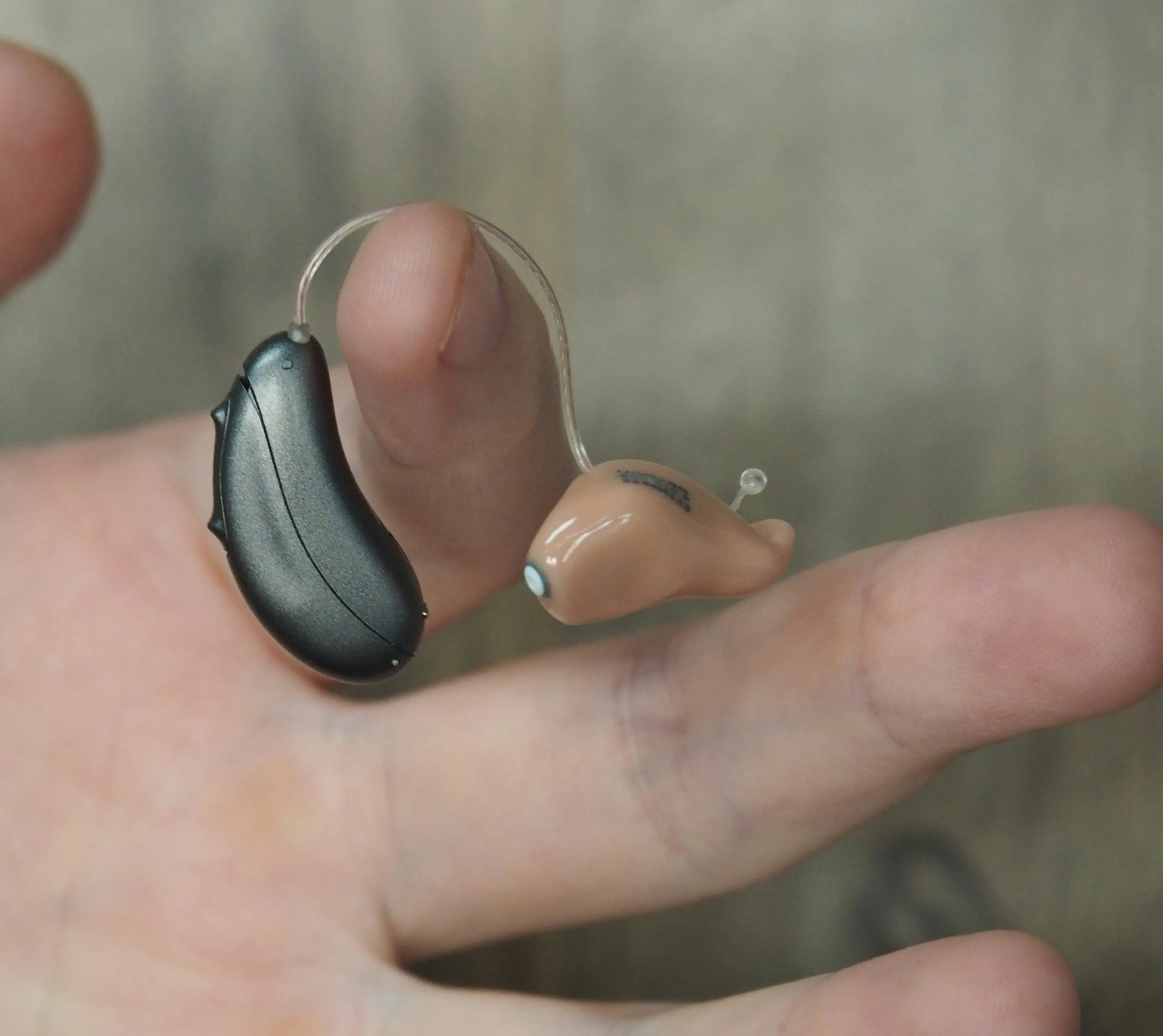The Silence Breaker: New Genetic Discovery Brings Deafness Cure Within Reach

For millions around the world living with hereditary deafness, hope may finally be echoing through the silence.
In a stunning development, researchers from Harvard Medical School have uncovered crucial insights into how genetic mutations disrupt hearing, bringing science a step closer to revolutionary treatments that could reverse inherited hearing loss.
At the heart of this breakthrough is the inner ear, a tiny but complex sensory organ responsible for translating vibrations into signals our brain can understand. Specifically, scientists zeroed in on a protein called PCDH15, which plays a pivotal role in maintaining the mechanical tension needed for hair cells in the ear to detect sound.
"When PCDH15 is mutated, the tension system fails, and sound can't be detected," explained David Corey, neurobiologist and senior author of the new study. Using cryo-electron microscopy, his team visualized the protein’s structure at near-atomic detail, pinpointing how even subtle genetic errors can cause the tension mechanism to collapse.
This level of clarity has never been seen before. And it matters.
The researchers discovered that many forms of hereditary deafness stem not from a complete absence of the protein, but from minor misfoldings or weakened connections in its structure, flaws that may be repairable with targeted therapies, such as gene editing or molecular stabilizers.
"This gives us an actual target for future treatments," said Corey. "Instead of replacing the entire gene, we could stabilize or correct just the part that’s broken."
Such precision could one day enable gene therapies that restore hearing at the molecular level, offering new hope to families affected by inherited deafness, including those with Usher syndrome, a condition that causes both hearing and vision loss.
Globally, more than 466 million people experience disabling hearing loss, according to the WHO, and a significant portion of that is genetic. Current treatments like cochlear implants or hearing aids do not address the root cause. But this breakthrough could signal a paradigm shift in how we approach deafness, from compensation to cure.
While clinical applications are still several years away, the implications are profound.
By decoding how tiny protein missteps derail our sense of sound, this research paves a promising path toward restoring hearing at its source, and reshaping how we understand one of our most vital senses.
As Corey puts it: "This is the beginning of a new era for hearing science."